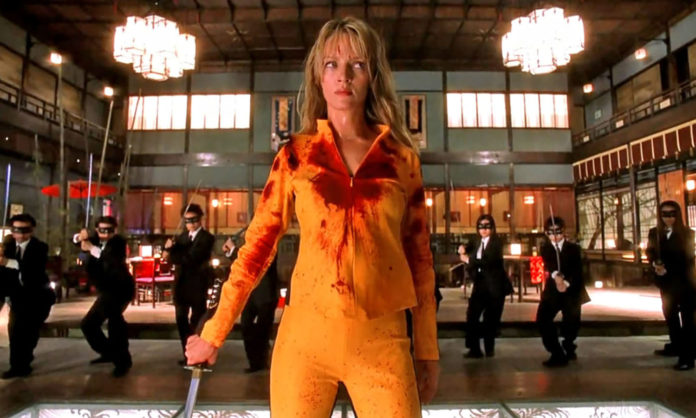In an article for Writer’s Digest, Jill Baguchinsky breaks down the process of crafting compelling revenge stories. “This isn’t true for all authors, but for some of us, every story is a revenge story in one way or another,” she writes. “Writing about trauma can be an effective and satisfying way of processing, and while some of the resulting stories may never move beyond the author’s hard drive, others must be set free to find readers who seek a similar satisfaction. Some of us right wrongs by…writing wrongs.”
Baguchinsky’s advice includes:
- Choose Your Villain With Care. You might begin writing with one bad guy in mind, but realize your true villain is something else entirely.
- Good Villains Aren’t Cartoons. Even the worst villain needs a backstroy. “It’s too easy to pile offense on offense, insult on insult,” Baguchinsky writes. “Before long, you’re left with a villain who’s an inch away from twirling his mustache and cackling menacingly while tying women to railroad tracks.”
- The Revenge Must Match the Character Exacting It. Revenge doesn’t have to take the form of violence, and if your protagonist is a gentler person, it shouldn’t. “Staying true to one’s characters is essential in revenge stories, even when those characters’ decisions and actions might clash with what the writer would do in a similar situation,” Baguchinsky says.












